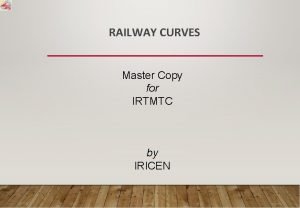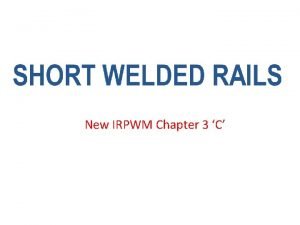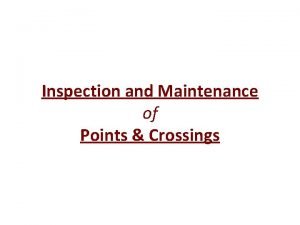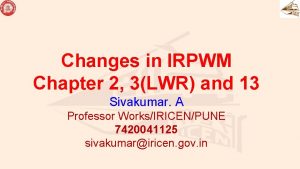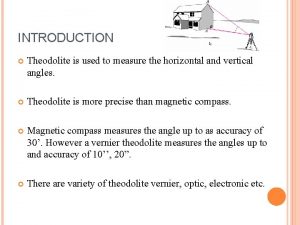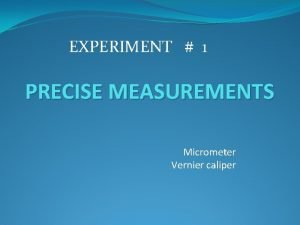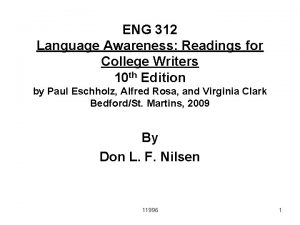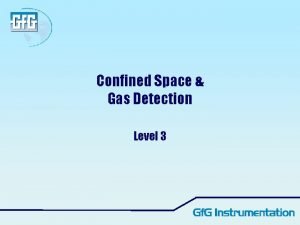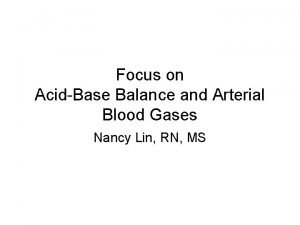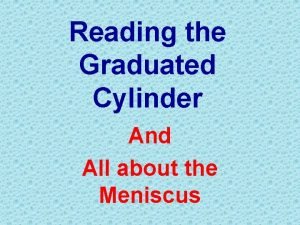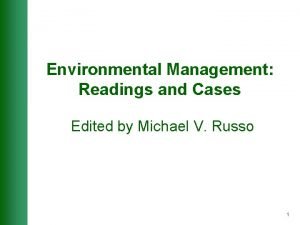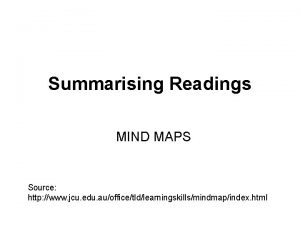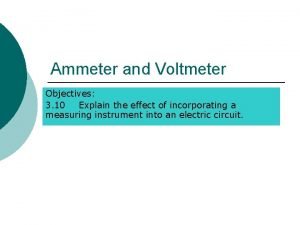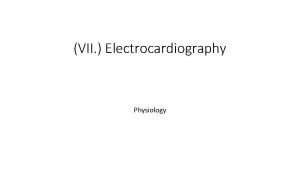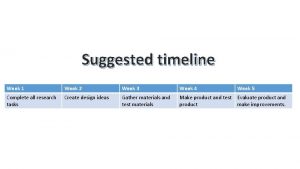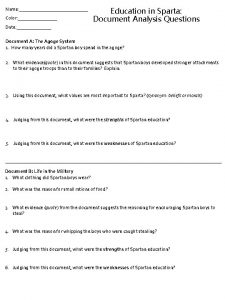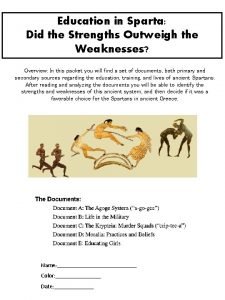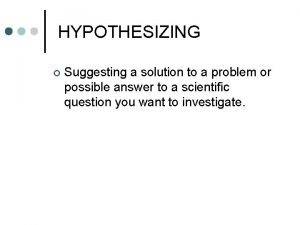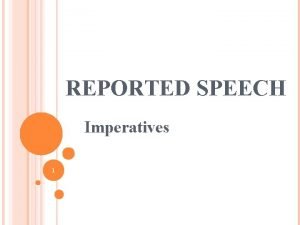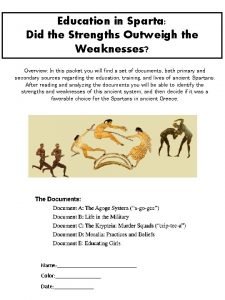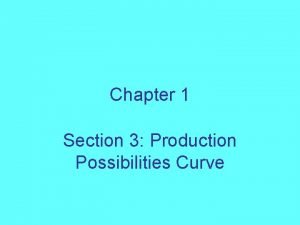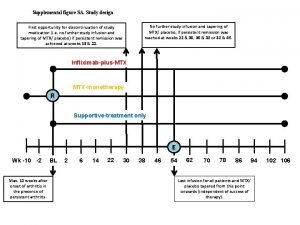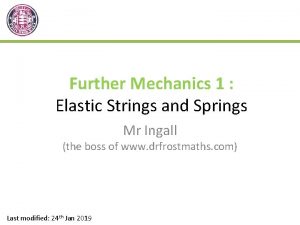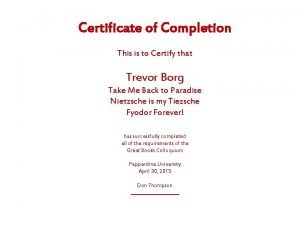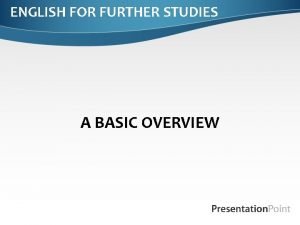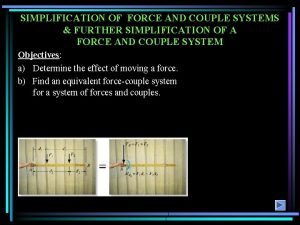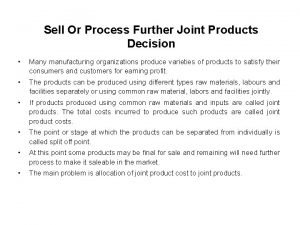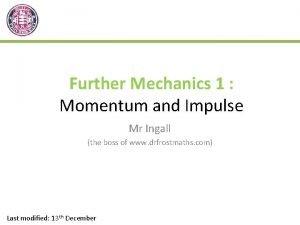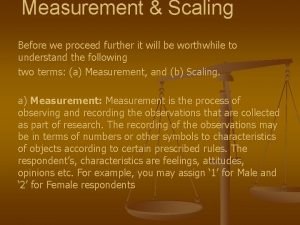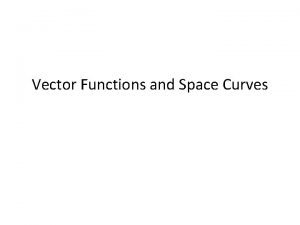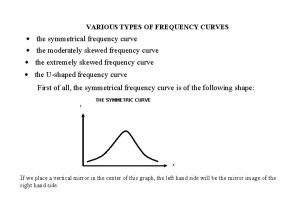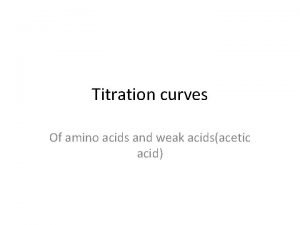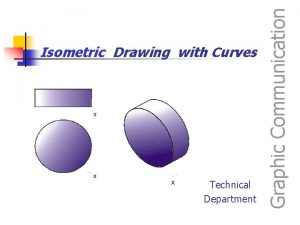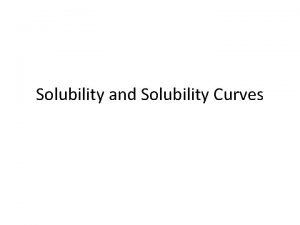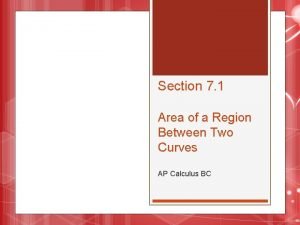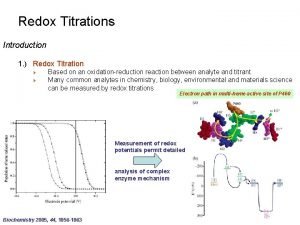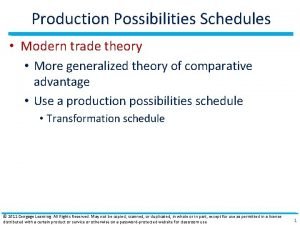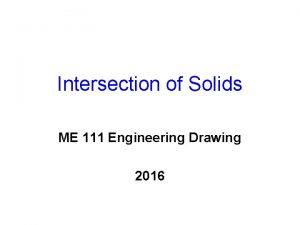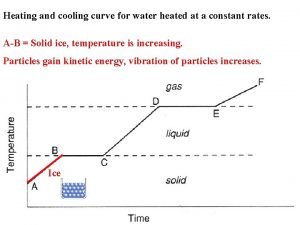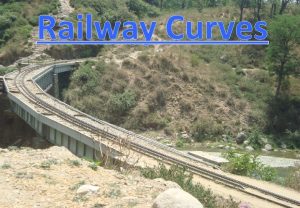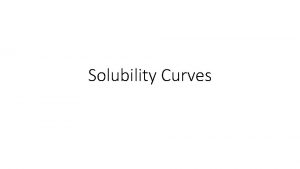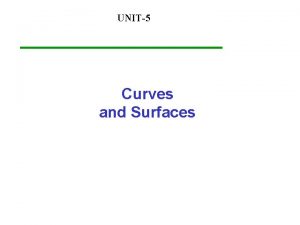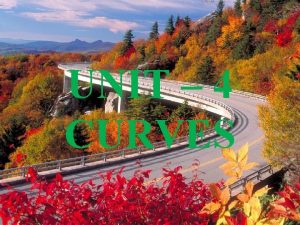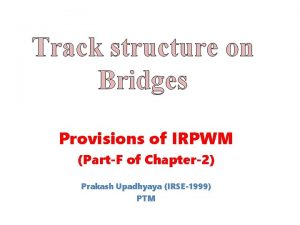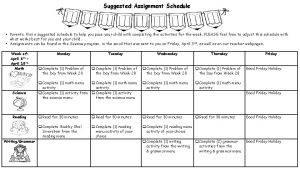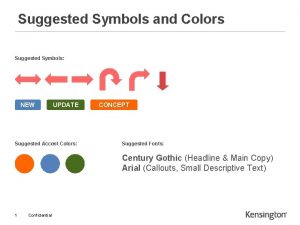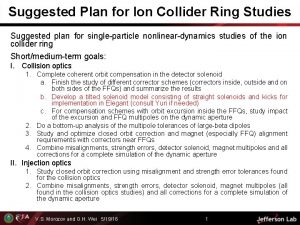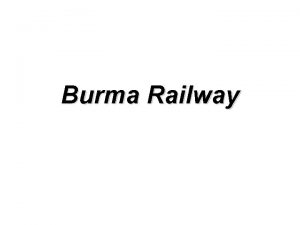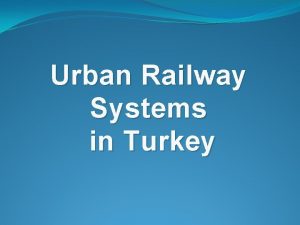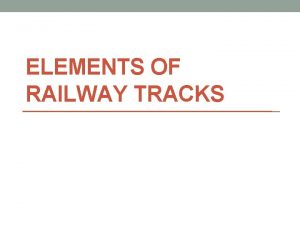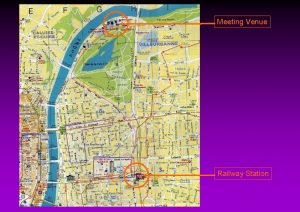Railway Curves Suggested Further Readings IRPWM Chapter 4







































































- Slides: 71

Railway Curves

Suggested Further Readings • IRPWM (Chapter 4) • IR Schedule of Dimensions • IRICEN publication “RAILWAY CURVES”

Railway Curves What is a Curve ? Why are Curves necessary ? What are Curve Design Parameters ?

What is a Curve ? § a line, which is not straight; and § changes direction without angles (No sharp Edges); or § line, which gradually deviates from being straight

Why Curves ? Necessary due to physical & geographical features

Why Curves ?

Why Curves ?

Why Curves ?

Why Curves ? Necessary due to physical & geographical features (Necessary evil !) Curves are impediments for higher speeds ?


Curvilinear Motion

Effects of curve: Centrifugal force • Vehicle Running at Speed V on a Curve of Radius R experiences- Centrifugal Force = MV 2/R

Effects of curve: Centrifugal force • Undesirable Effects – Risk of vehicle overturning – Possible passenger discomfort – Possible displacement of loads – Risk of derailment – Higher Lateral forces on track structure – Higher lateral forces resulting in maintenance problems – Wear of rail & wheel flange

Effects of curve: Curve Resistance

Guidance of wheel on track • Straight Track – Sinusoidal motion • Curved Track – Shifting of center of gravity of wheel set – Actual guidance of the wheel flange by the outer rail in Curves • Slipping/skidding of wheels on sharp curves

Wheel set on Curve

Wheel-sets on Curve

Angularity of axle while negotiating a curve α Angle of attack

Negotiating a curve • Guidance – Preferably be from the track and not flange contact • Play helps the wheel negotiate curve • If bogie can take radial position on the curves, it will be better – (present design of rigid bogies cannot)

Apex Distance Option I (Min. Radius) Optimum Option II (Max. Radius) Choosing Appropriate Curve

Design Parameters of Curves • Radius, R and Degree of Curve, D • Actual Cant (Super-elevation), Ca • • • Equilibrium Cant, Ce / Equilibrium Speed, Ve Cant Deficiency, Cd Cant Excess, Cex Rate of Change of Actual Cant, RCa Rate of Change of Cant Deficiency, RCd Cant Gradient, i • Length of Transition, L

Curve Designation • Curves are Designated by their Radii – Except On IR & US rail roads • On US degree of curve – Designation & Calculation • On IR degree of curve for designation – Radii For Calculation

Degree of Curve The Angle Subtended 30. 5 m (100 feet ) by a 30. 5 m Chord at the Centre of Curve D = 1750/R R D R

Degree of Curve - Exercise Find Radius. If Degree of Curve is • • 0. 50° 2° 4° 5°

Degree of Curve - Exercise Find Radius. If Degree of Curve is • • 0. 50° 2° 4° 5° - 3500 m 875 m 437. 5 m 350 m

Curve Measurement Versine (Mid Chord Offset On 20 m Chord) By Property Of Circle, V*(2 R-V) = C/2*C/2 2 2 RV=C 2/4 i. e. [Neglecting V , being very small] 2 i. e. Versine, V = C /8 R V C 2 R 2 R-V C V R

Versine - Exercise Find Versine on 20 m Chord If Degree of Curve is • • 0. 50° 1° 4° 5°

Versine - Exercise Find Versine on 20 m Chord – If Degree of Curve is • • 0. 50° 1° 4° 5° - 14. 28 mm 28. 57 mm 114. 28 mm 142. 80 mm

Versine - Exercise Find Versine on 11. 832 m Chord If Degree of Curve is • • 0. 50° 1° 4° 5°

Versine - Exercise Find Versine on 11. 832 m Chord – If Degree of Curve is • • 0. 50° 1° 4° 5° ≈ ≈ 0. 5 cm 1. 0 cm 4. 0 cm 5. 0 cm

Limiting radii on IR • BG* : 175 M • MG: 109 M • NG: 44 M *Item 2, Chapter I, Schedule I of SOD

Super-elevation/Cant

Super-elevation/Cant

Vehicle on a Canted Track Centrifugal Force θ W Sinθ θ SE G θ W Co W sθ

Super-elevation/Cant • A force is generated, by raising of the outer rail, by the mass of the body counters the Centrifugal Force • Raising of the outer rail (w. r. t. Inner Rail) to counter the effect of Centrifugal Force (elimination/reduction) is known as Super-elevation/ Cant

Equilibrium Cant/Speed • When on circular motion • If the resultant of Weight & Centrifugal Force is perpendicular to the plane of rail & passes through the centre of track The corresponding speed is known as Equilibrium Speed; and cant is known as Equilibrium Cant

Equilibrium Cant Weight Component = W*sinθ Centrifugal Force Comp. = M*(V 2/R)*cosθ i. e. W*sinθ = M*(V 2/R)*cosθ i. e. W*tanθ = M*(V 2/R) i. e. M*g*SE/G (for small θ, sinθ ≈ tanθ) = M*V 2/R i. e. Equilibrium Cant, SE=G*V 2/(g*R) SE=G*V 2/(127*R) Para 406(a) of IRPWM

Equilibrium Cant - Exercise Find Cant for – BG Speed 100 Kmph Degree of Curve = 2° Dynamic Gauge = 1750 mm SE = GV 2/g. R SE = 157. 31 mm (c/c of Rail heads)

Considerations of Mixed Traffic • For what speed should the cant be provided ? – Maximum speed ? – Minimum Speed ? – Average Speed?

Equilibrium Speed • Schramm’s Formula: • Li • Vi • n : Load of ith train, : Speed of ith train, : Number of trains

Equilibrium Speed • Russian Formula: • • ni Wi Vi m : No of trains of type i, : Weight of such train, : Speed of such train, : Total types of trains

Equilibrium Speed • IRPWM Stipulation (Para 406(b)) Equilibrium speed is to be decided by CE considering • Max. Speeds of fast & slow moving trains (actually attainable) • Proximity to Permanent speed restriction • Junctions • Stopping places • Gradient affecting speed of goods train

Limitations on Maximum value of Actual Cant Ca • Maintenance criteria* – High cant will cause rolling of ballast (loss of lateral ballast resistance and alignment disturbances) – Counters 1 in 20 cross slope (flattening of inner rail head) • Overturning at inner rail – wind blowing from outside – Vehicle at rest on canted track – Maximum Cant - Not very sensitive to wind forces

Limitations on Maximum value of Actual Cant Ca • Safety against derailment* – Empty wagon stopped on Canted Track & just starts moving – Absence of centrifugal forces – Adverse L/V (>1) ratio + angle of attack

Limitations on Maximum value of Actual Cant Ca • Comfort criteria – Maximum discomfort when stopped at Canted Track – No appreciable discomfort upto 180 mm • Limited to 1/8 to 1/10 of Track Gauge

Maximum Value Of Cant The Maximum Value of Cant provided on the World Railways

IRPWM Provisions • Maximum Cant (Para 406(1)(d)(i)) – 165 mm for group A, B and C routes • 185 MM for locating permanent structures on group A routes with speed increase potential (new works and doubling) incl. TL – 140 mm for group D and E routes

Cant Deficiency: Fast Trains

Effects Of Vehicle With Cant Deficiency Speed more than equilibrium speed Centrifugal Force Component > Weight Component • Creq > Ca • Cd = Creq - Ca θ • R o > R i SE G θ • More wear on outer rail gauge face

Criteria for Cant Deficiency Cd • Safety (overturning about the outer Rail) – Larger values can be permitted – not governing criteria • Comfort criteria* – Discomfort, if Unbalanced Lateral Acceleration is greater than 0. 1 g • UIC recommends 0. 4 m/s 2 to 0. 7 m/s 2 – (1. 0 m/s 2 to 1. 5 m/s 2 for fast passenger trains UIC 703 -R) • SNCF/TGV adopted 0. 56 m/s 2 (trials 0. 7 m/s 2 ) Observed value of ULA is more than theoretical value (Why ? )

Vehicles with Cant Deficiency Cd Centrifugal force Component > Weight Component Reaction on Outer Rail > Inner Rail θ Deflection of Outer Spring > Inner Spring SE G θ

Vehicles with Cant Deficiency Cd Centrifugal force Component > Weight Component Actual Cant deficiency experienced by vehicle is more than calculated value θ Roll flexibility Coefficient SE G 0. 4 for most modern vehicles (full load) θ

Excessive Cant Deficiency Cd

Excessive Cant Deficiency Cd

Maximum Value of Cant Deficiency

IRPWM Provisions • Max. Cant Deficiency (Para 406(2)) • On routes – with track maintained to C&M, Vol-I standard; – For Nominated Rolling Stock; – With Permission of PCE : 100 mm – For Other cases : 75 mm

Cant Deficiency - Exercise Find Maximum Permissible Speed for – BG, Rajdhani Route (Group “A”), and Degree of Curve = 2° Max. Speed = 129. 79 Kmph

Cant Deficiency - Exercise Find Minimum Permissible Radius on BG High Speed Route Speed 200 Kmph Cd = 75 mm Cd = 100 mm Radius = 2294 m Radius = 2077 m

Cant Excess: Slow Trains

Effects Of Vehicle With Cant Excess Speed less than equilibrium speed Centrifugal force Component < Weight Component • Creq < Ca • Cex = Ca - Creq θ • R i > R o SE G θ • More wear on inner rail top table

Effects Of Vehicle With Cant Excess Speed less than equilibrium speed Centrifugal force Component < Weight Component Actual Cant excess experienced by vehicle is more than calculated value θ SE G θ

Criteria for Cant Excess (Cex) • Comfort Consideration not a governing criteria • ULA inwards • For min speed = 0 – already taken in max. Actual Cant considerations • Maintenance consideration* – Excess wear on inner rail

IRPWM Provisions • Max. Cant Excess - 75 mm (Para 406(3)) – Sections carrying predominantly goods traffic shall have less cant excess to reduce wear on inner rail – Worked out for booked speed of goods trains.

Cant Excess - Exercise Find Maximum Speed for goods train with full Cant Excess – Degree of Curve = 2° SE = 140 mm Speed = 64. 39 Kmph

Resultant SE

Speed = 0 Increasing Speed Cant Cex Ceq Cd Lateral Accn <0 <0 =0 >0 For Balance Remove SE Reduce SE Balanced Condition Increase SE

How to introduce Curvature and Super-elevation (Cant) ?

Transition Curves

Rate of Change of Actual Cant (RCa) mm/s, Cant Deficiency (RCd) mm/s, Cant Gradient (i) mm/m; and Length of Transition (L)

Thank You

The UIC (French: Union internationale des chemins de fer), or International Union of Railways, is an international rail transport industry body TGV (French: Train à Grande Vitesse), or high speed train. SNCF (French: Société Nationale des Chemins de fer Français), or French National Railways
 Degree of curve in railway
Degree of curve in railway Irpwm
Irpwm New irpwm june 2020
New irpwm june 2020 Joint inspection of point and crossing
Joint inspection of point and crossing Rdso drawing no. t-4088
Rdso drawing no. t-4088 Intensive reading in communication skills
Intensive reading in communication skills Theodolite is used to measure
Theodolite is used to measure Msr and vsr
Msr and vsr Keratometer readings
Keratometer readings Language awareness readings for college writers
Language awareness readings for college writers Confined space gas limits
Confined space gas limits Rad 57 co readings
Rad 57 co readings Abg levels
Abg levels Graduated cylinder readings
Graduated cylinder readings Eb = p x a x t
Eb = p x a x t Responsive readings for christmas
Responsive readings for christmas Responsive readings for thanksgiving
Responsive readings for thanksgiving Jcu maps
Jcu maps Ammeter readings
Ammeter readings Normal ecg readings
Normal ecg readings Suggested upper merged ontology
Suggested upper merged ontology Suggested timeline
Suggested timeline Partnership engagement activities
Partnership engagement activities What spartan values are suggested by this document?
What spartan values are suggested by this document? What did nina find
What did nina find Did the strengths outweigh the weaknesses in sparta
Did the strengths outweigh the weaknesses in sparta Problems of filipino entrepreneurs and suggested solutions
Problems of filipino entrepreneurs and suggested solutions Why was there great joy in nina's house?
Why was there great joy in nina's house? Hypothesizing
Hypothesizing What is imperative speech
What is imperative speech Sparta weaknesses
Sparta weaknesses Production possibilities curve def
Production possibilities curve def Chapter 1 section 3 production possibilities curves
Chapter 1 section 3 production possibilities curves Difference between further and furthermore
Difference between further and furthermore Further study design
Further study design Abeam behind or further aft, astern or toward the stern.
Abeam behind or further aft, astern or toward the stern. Dr frost further kinematics
Dr frost further kinematics Elastic strings and springs
Elastic strings and springs Not for distribution confidential
Not for distribution confidential Certificate sentence
Certificate sentence Further applications of integration
Further applications of integration Further applications of integration
Further applications of integration Time series further maths
Time series further maths Havering college of further and higher education
Havering college of further and higher education A metaphor introduced and then further developed
A metaphor introduced and then further developed English for further studies
English for further studies Further applications of integration
Further applications of integration Writing a letter asking for information
Writing a letter asking for information Force-couple system examples
Force-couple system examples Sell or process further decision
Sell or process further decision Further mechanics 1 unit test 1 momentum and impulse
Further mechanics 1 unit test 1 momentum and impulse For further information please visit
For further information please visit Further applications of integration
Further applications of integration Before i proceed further
Before i proceed further Further applications of integration
Further applications of integration Further applications of integration
Further applications of integration Further education support service
Further education support service For further details please contact
For further details please contact Space curves
Space curves How many types of frequency curves are there
How many types of frequency curves are there Titration curve of amino acids
Titration curve of amino acids Isometric curves
Isometric curves Some animals are dangerous *
Some animals are dangerous * Solubility curves of ionic compounds
Solubility curves of ionic compounds Area between two curves formula
Area between two curves formula What is redox titration
What is redox titration Creating production possibilities schedules and curves
Creating production possibilities schedules and curves Carrying capacity population
Carrying capacity population Uses of convex mirror
Uses of convex mirror Titration curve of glycine
Titration curve of glycine Interpenetration of solids in engineering drawing
Interpenetration of solids in engineering drawing Heating and cooling curve of water
Heating and cooling curve of water
